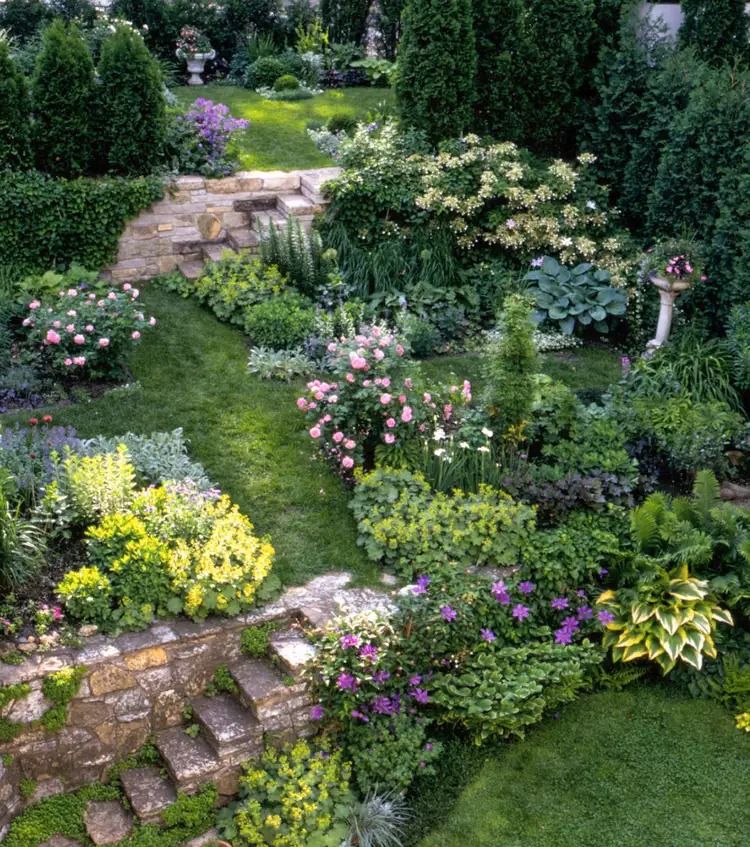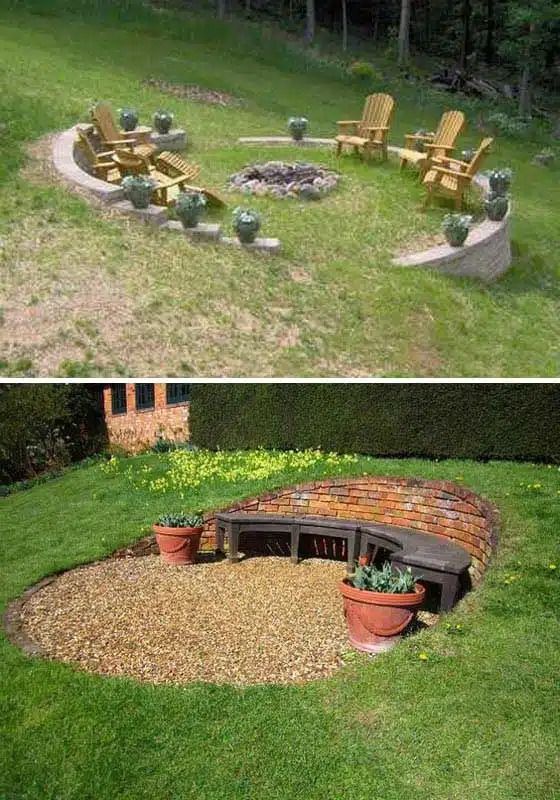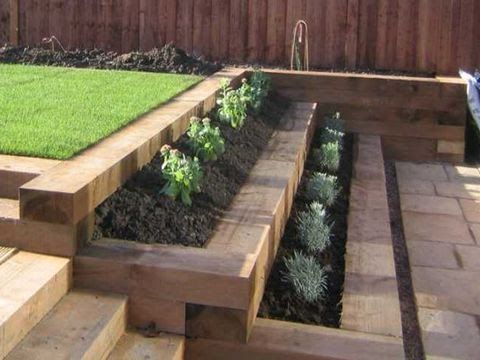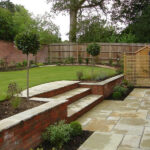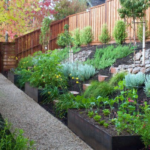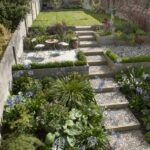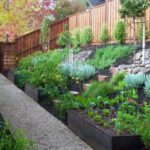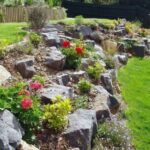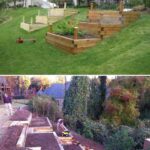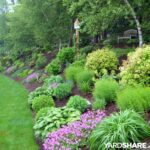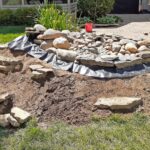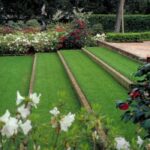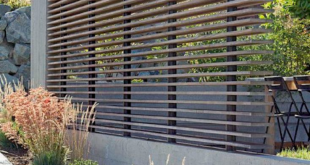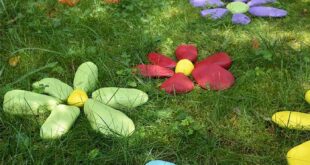Gardening on a sloped landscape can pose a unique set of challenges, but with some creativity and planning, it can also offer a beautiful and dynamic opportunity for creating a stunning garden space. Here are some ideas to help you make the most of a sloped garden.
One of the first things to consider when designing a garden on a slope is how to prevent erosion. Installing terraced beds or retaining walls can help to prevent soil erosion and create flat, level areas for planting. Retaining walls can be made from a variety of materials, such as stone, wood, or concrete, and can add a unique architectural element to your garden.
Another idea for gardening on a slope is to create a series of winding paths and stairways that traverse the landscape. This not only makes it easier to access different areas of the garden, but it also adds visual interest and creates a sense of movement through the space. Consider using materials like gravel, stone, or wood for the paths and steps to add texture and contrast to the garden.
Plant selection is also key when designing a garden on a slope. Choose plants that are well-suited to the growing conditions of your slope, such as drought-tolerant species that can thrive in rocky or sandy soil. Groundcovers, such as creeping thyme or sedum, are great options for stabilizing the soil and preventing erosion, while also adding color and texture to the garden.
Incorporating water features into a sloped garden can create a calming and tranquil atmosphere. A cascading waterfall or a meandering stream can help to mask the sound of traffic or other noise, while also providing a focal point for the garden. Consider installing a pond or water garden at the bottom of the slope, or adding a series of small ponds or fountains throughout the garden to create a sense of movement and flow.
To make the most of a sloped garden, consider planting a mix of trees, shrubs, and perennials to create layers of vegetation that add depth and interest to the landscape. Plant taller trees and shrubs at the top of the slope to provide privacy and shelter, and fill in the lower areas with a mix of flowering perennials and groundcovers for color and texture. By layering plants of different heights and textures, you can create a lush and dynamic garden that looks natural and balanced.
Finally, don’t forget to incorporate seating areas into your sloped garden design. Whether it’s a cozy bench nestled among the flowers, a stone patio with a panoramic view, or a series of terraces with built-in seating, having comfortable and inviting spaces to relax and enjoy the garden will make it a truly special place to spend time. With some careful planning and creativity, gardening on a slope can be a rewarding and fulfilling experience that results in a beautiful and unique garden space.
 yishifashion Where Outdoor Dreams Become Reality
yishifashion Where Outdoor Dreams Become Reality
